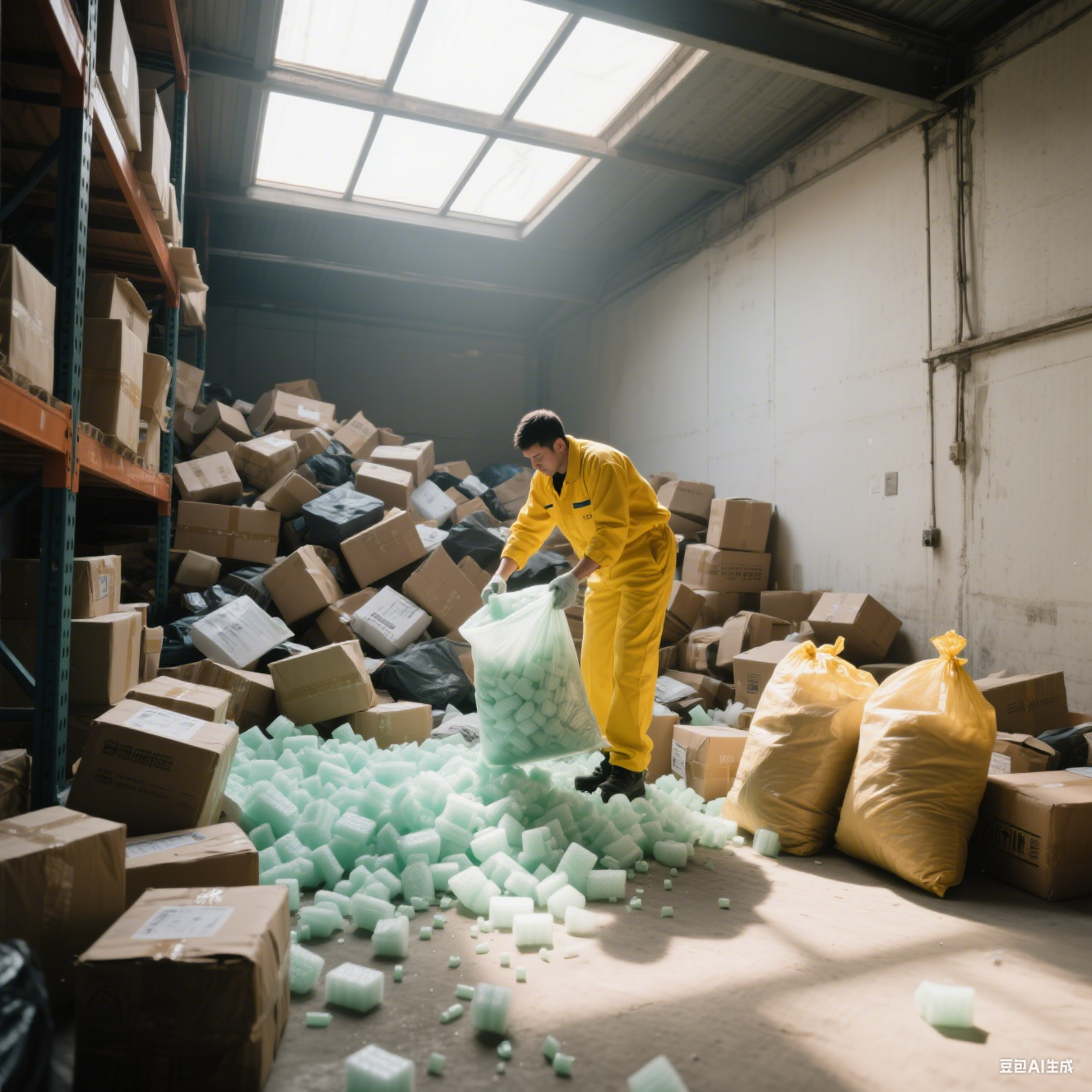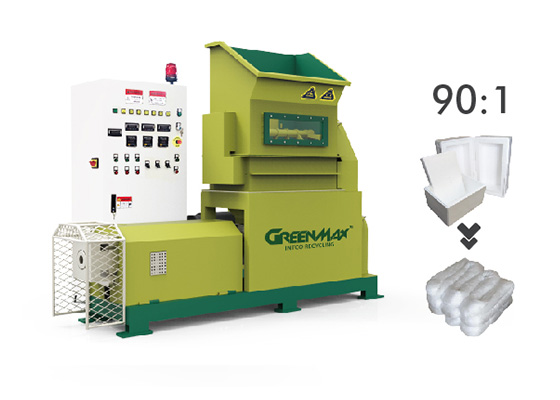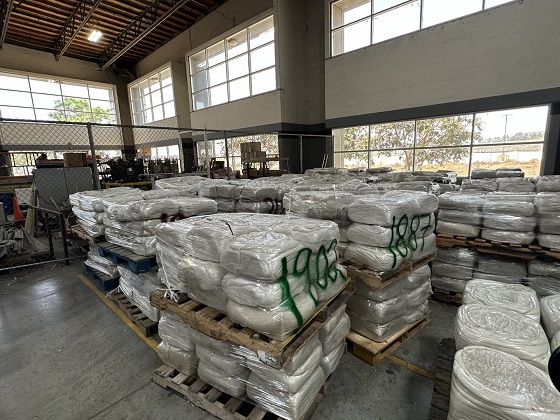Recycling Foam Packaging Peanuts in Australia: How GREENMAX Polystyrene Melting Machine Offers a Sustainable Solution
In recent years, environmental awareness has surged across Australia, with governments and businesses alike prioritizing sustainability and waste reduction. One pressing concern is the disposal and recycling of foam packaging peanuts, commonly made from expanded polystyrene (EPS). These lightweight fillers, widely used in packaging, pose significant environmental challenges due to their bulky, non-biodegradable nature and limited recycling options. However, innovations like the GREENMAX polystyrene melting machine are changing the game, offering a practical, eco-friendly solution for handling EPS waste.
The Challenge: Foam Packaging Peanuts in Australia
EPS packaging peanuts consist of 98% air and just 2% plastic. While their lightweight design reduces shipping costs, it also makes them extremely difficult to recycle through conventional systems. Most curbside recycling programs in Australia do not accept EPS due to contamination risks and the high costs associated with collection and transport.
Many local councils, such as the City of Greater Geelong, advise residents to dispose of foam peanuts in general waste bins, sending them directly to landfills. This has prompted environmental concerns, as polystyrene can take hundreds of years to decompose and may break into microplastics, polluting marine ecosystems and endangering wildlife.

GREENMAX Polystyrene Melting Machine: A Scalable Recycling Solution
The GREENMAX polystyrene melting machine provides an effective and scalable method for recycling foam packaging peanuts. This advanced technology compresses and melts EPS waste into dense, compact ingots, reducing its original volume by up to 90–95%. These ingots can then be resold and reused in the production of new plastic products such as photo frames, crown moldings, and construction materials.
By converting a problematic waste product into a valuable raw material, GREENMAX supports the circular economy and helps businesses and municipalities reduce their landfill contributions and carbon footprint.
Key Features and Benefits of GREENMAX EPS Melting Machines
High Compression Ratio: Reduces EPS volume dramatically, saving on storage and transportation costs.
Energy Efficient: Designed with optimized heating systems to reduce energy consumption.
User-Friendly Interface: Simplifies operations for recyclers and packaging companies.
Environmental Compliance: Helps meet Australia's national plastic waste reduction targets under the National Plastics Plan.

Current Recycling Landscape in Australia
In response to growing environmental pressures, Australia has begun phasing out certain polystyrene packaging products. Under the National Plastics Plan, several states have already banned single-use EPS containers and loose-fill packaging. While these regulations aim to reduce future EPS waste, there remains a massive backlog of existing foam packaging materials already in circulation.
That’s where machines like GREENMAX are vital. Instead of sending EPS waste to landfill, businesses involved in logistics, e-commerce, or electronics packaging can install a GREENMAX unit on-site to process foam waste directly and profitably.
Alternatives and Complementary Actions
Aside from advanced recycling technology, Australians are also encouraged to:
Reuse clean packing peanuts or donate them to shipping stores or schools.
Compost biodegradable peanuts made from cornstarch, which dissolve in water.
Check local facilities using platforms like RecyclingNearYou.com.au to find drop-off locations.
However, for businesses generating large volumes of EPS waste, GREENMAX remains the most efficient and cost-effective solution.

Conclusion: A Greener Future Through Innovation
Foam packaging peanuts have long been a recycling challenge in Australia. But with innovative solutions like the GREENMAX polystyrene melting machine, companies and communities now have a powerful tool to divert EPS from landfills and reintegrate it into productive use. By adopting this technology, Australia can take a significant step toward achieving its environmental goals while creating economic opportunities through responsible waste management.
